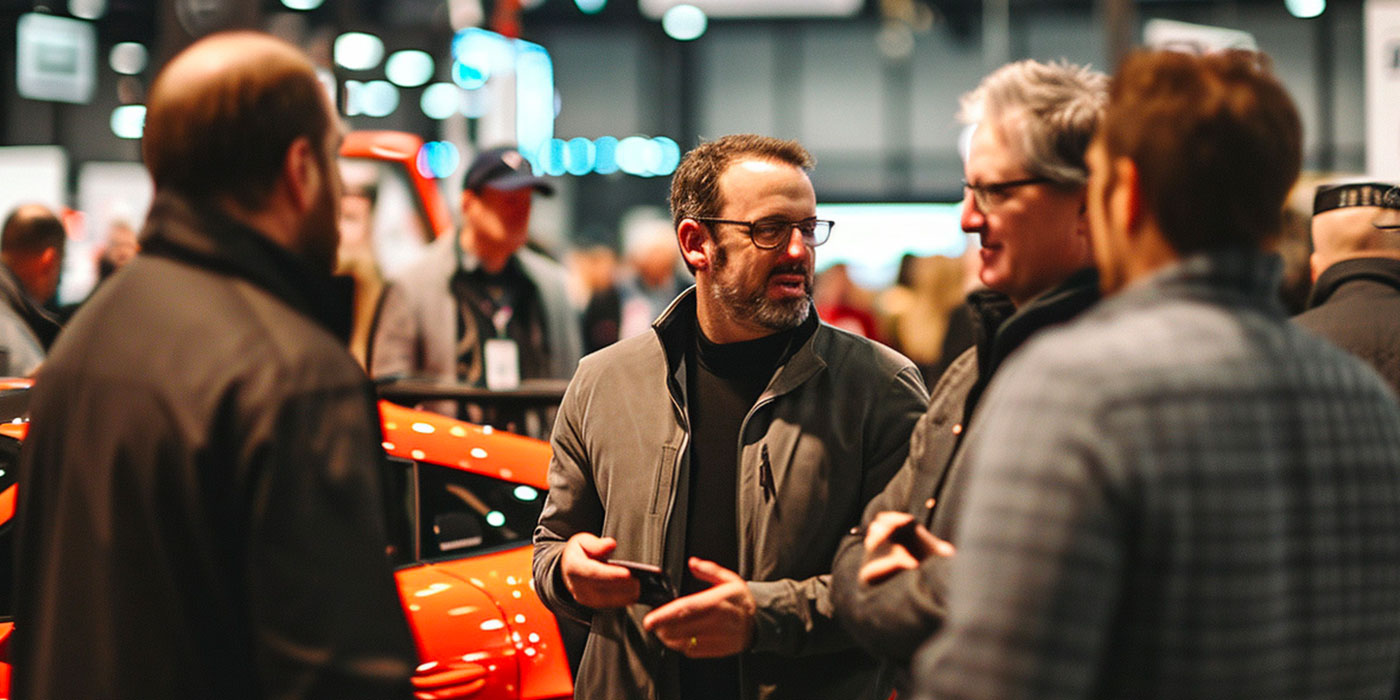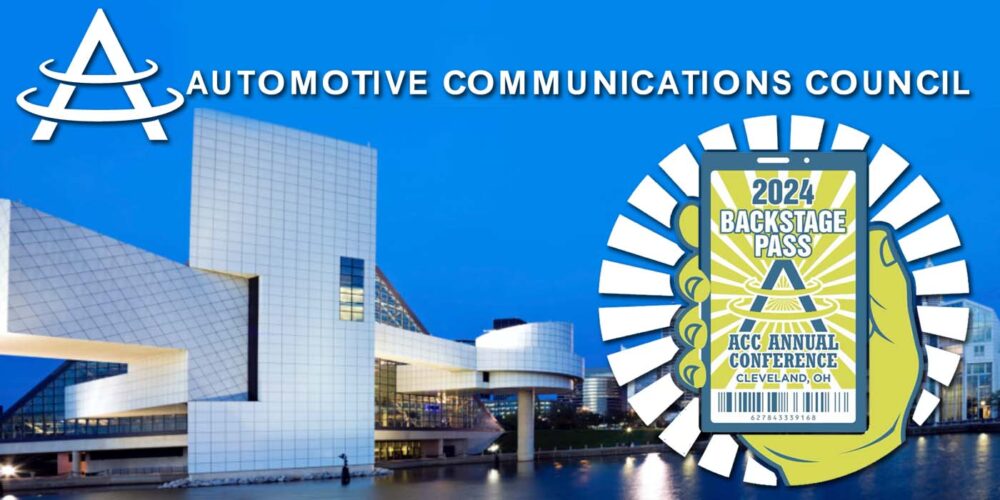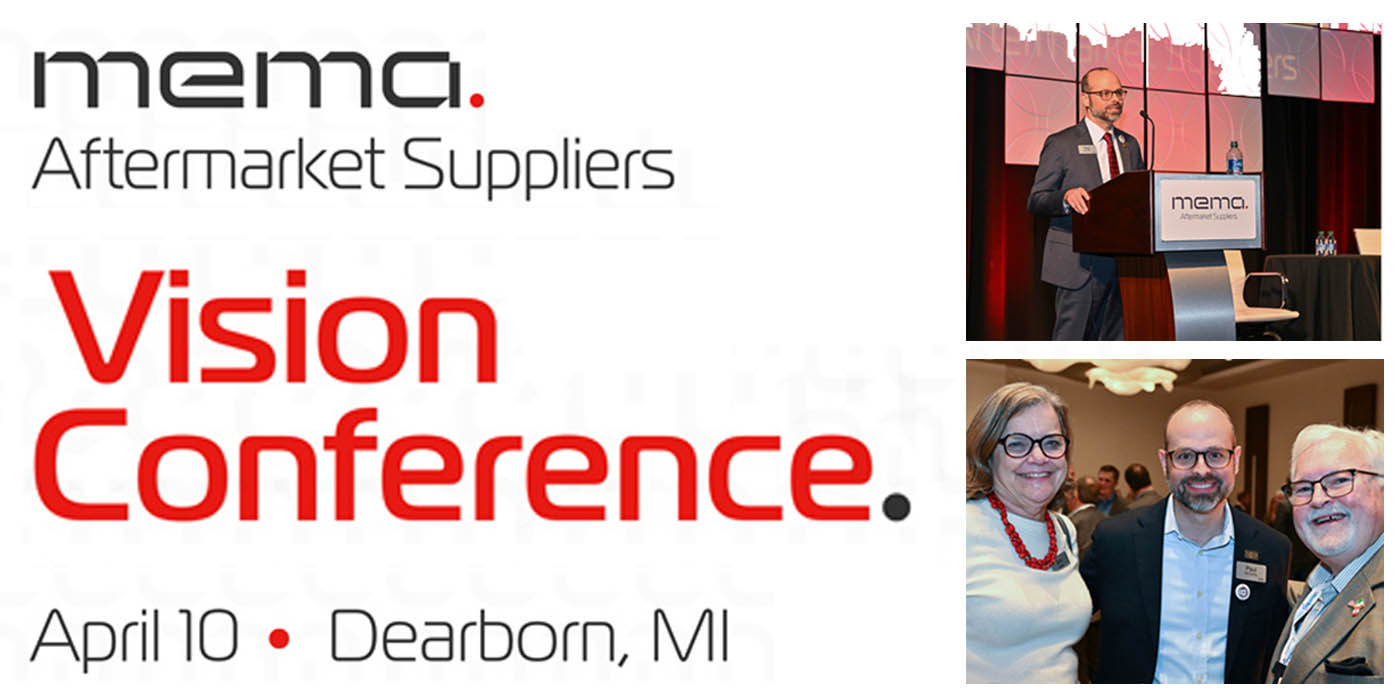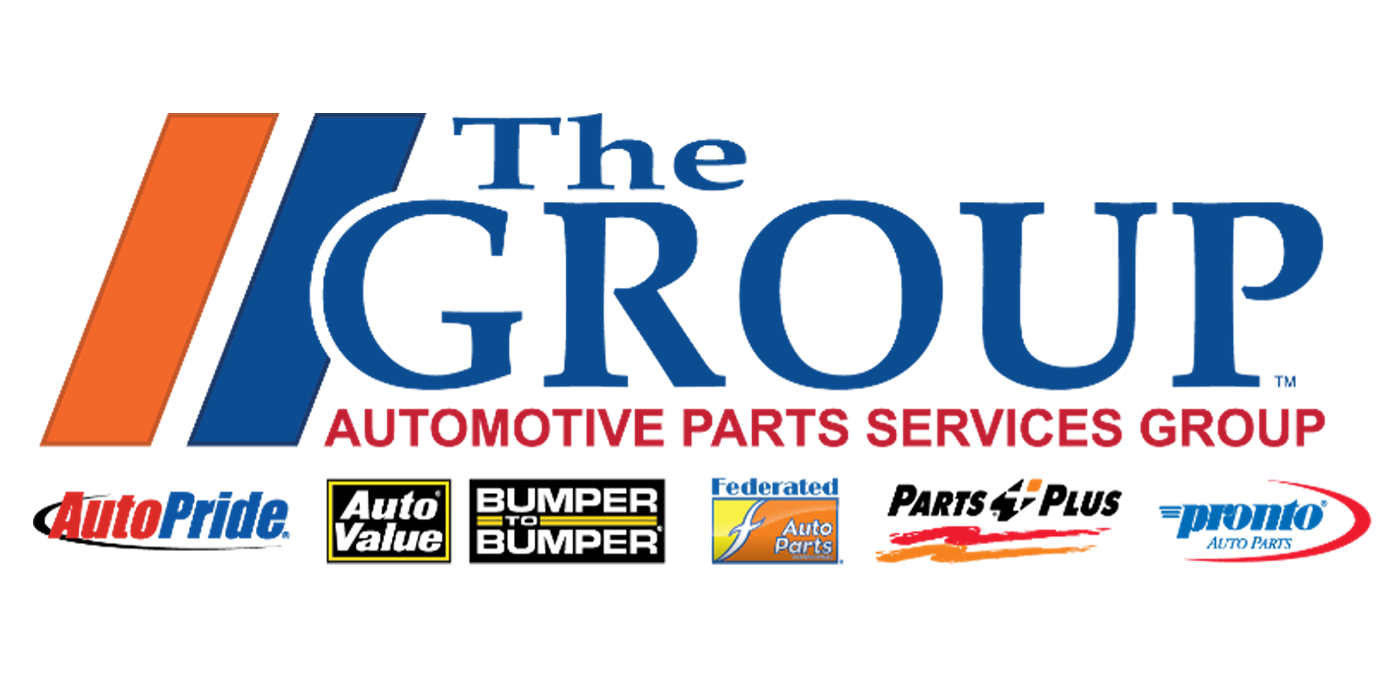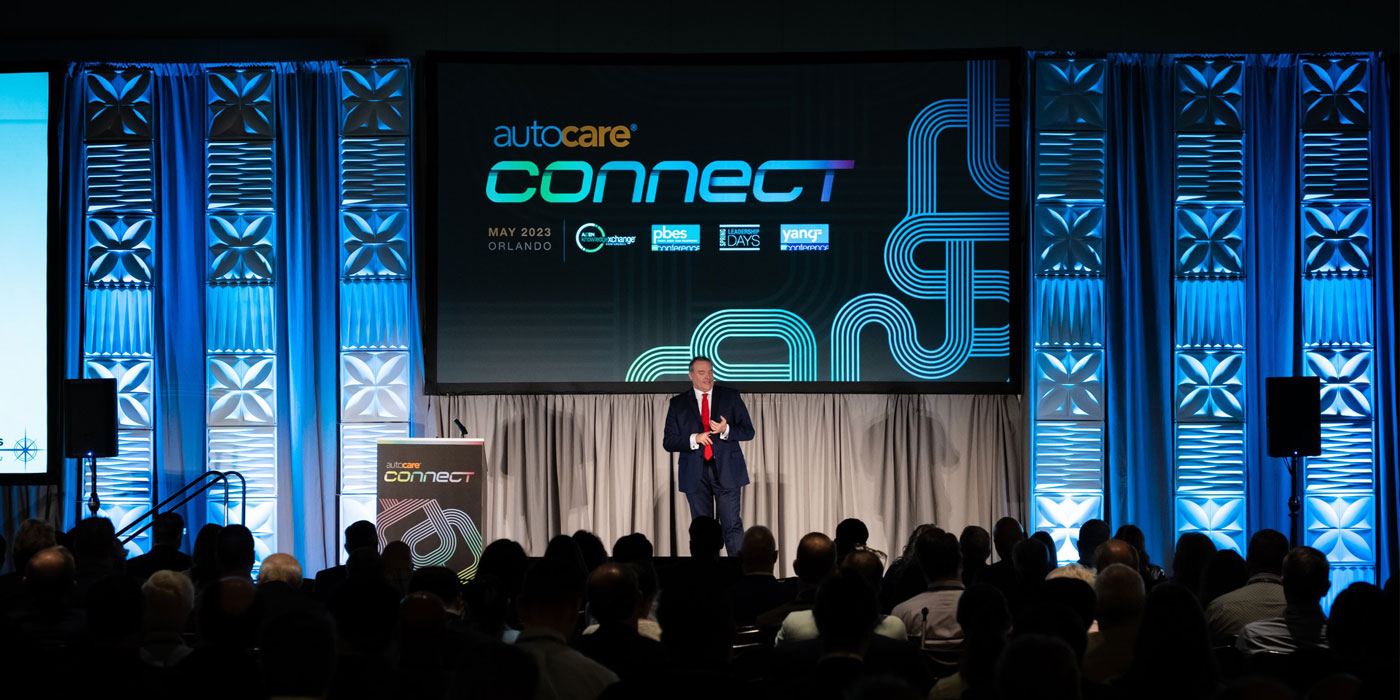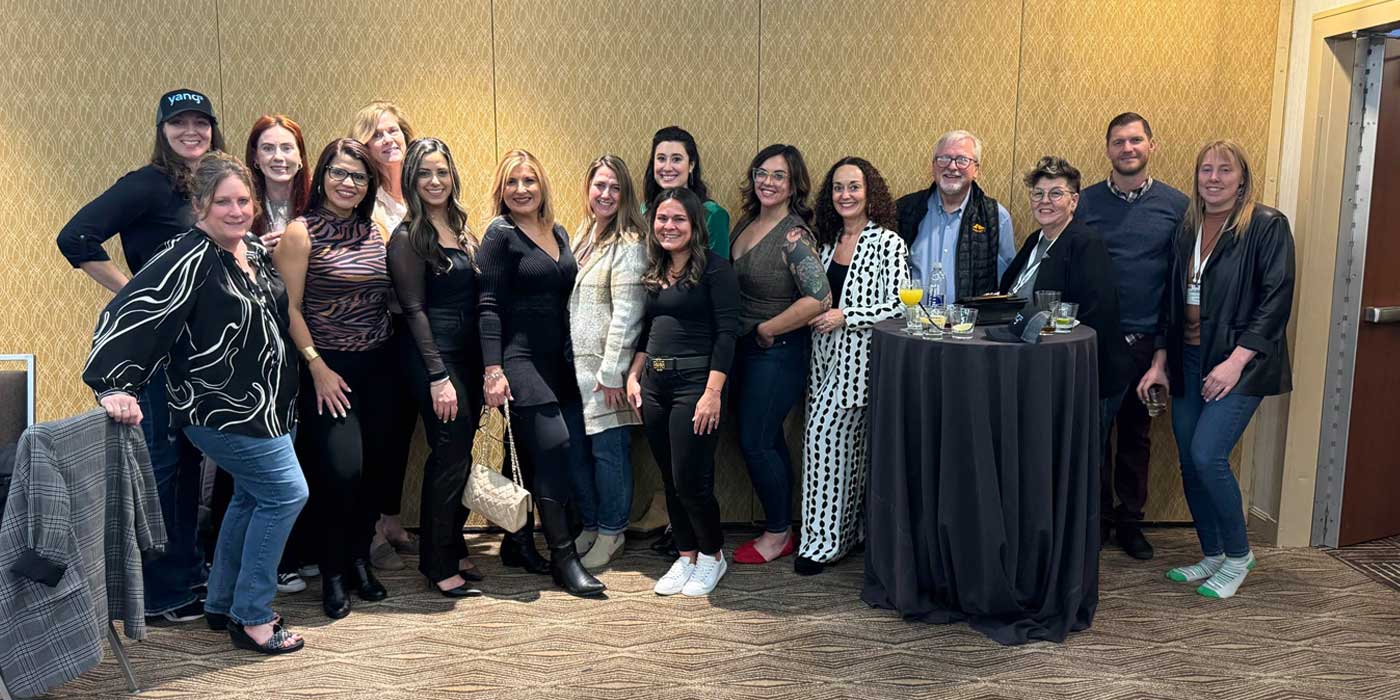CHICAGO – Counterman Editor Mark Phillips has been reporting back from the 15th annual Global Automotive Aftermarket Symposium, taking place yesterday and today in Chicago. Below are some highlights from yesterday’s presentations.
Gen Y: Shifting Away from Cars, with Mike Cooperman, Senior Director of Marketing, J.D. Power Web Intelligence
Generation Y, those generally born after 1982, don’t have the loyalty to automobiles like older generations do, says Mike Cooperman, senior director of marketing, J.D. Power Web Intelligence. They like technology much the way people of the Baby Boomer generation like their cars.
In order to understand Generation Y, the automotive aftermarket needs to know who makes up this generation, Cooperman said. Gen Y is three times the size of Gen X; they’re as big in numbers as the Baby Boomers; and they live their lives online — they are online three-plus hours a day.
"When most people think of Gen Y, they think of teenagers," he said. "But the oldest group of Gen Yers are in their first jobs; they’re having babies; living their professional lives." They’re going through bankruptcies, living with their parents; dealing with unemployment, he said.
With the economy, Gen Yers have had to make a lot of lifestyle changes and divert from the traditional path in life, Cooperman said.
"They don’t think about cars the way we do," Cooperman said. "We thought about cars, they think about technology."
For a lot Gen Yers nearing driving age, they’re already "free" in the way that older generations felt "free" when they finally got their driver’s license, Cooperman said. They care more about what kind of cell phone they and their friends have, he added.
Gen Yers also are willing to switch brands of any product if the value proposition is right, he said. They don’t have the same negative or positive opinions about the OEMs, he added.
Companies wanting to sell to Gen Yers must understand they are highly focused on how you can provide them value.
But any shallow attempt to market to Gen Yers is dangerous. For example, if a car manufacturer that makes SUVs and trucks that tries to market themselves as green, "They won’t necessarily buy into that message," Cooperman said. "They expect you to be authentic and honest about where you’re green and where’s you’re not."
Phil LeBeau, CNBC
CNBC reporter Phil LeBeau, the business news network’s automotive reporter, made a surprise appearance at the GAAS luncheon Tuesday afternoon. He gave his views on the industry during a Q&A period.
In response to a question about the fact that Americans haven’t embraced diesel automotives, LeBeau said, “We all realize the advantages of diesel. I think anyone who has driven a diesel vehicle realizes the attributes."
It’s hard to overcome the perceptions about diesel engines of the past, he said. The desire to drive diesel automobiles, "is just not there with the American consumer."
About getting young people interested in the automotive aftermarket, he said, "You have to break through the perceptions. It’s not only an industry that’s interesting, but one in which you can do quite well."
About the recent report of GM’s first profit in three years, he said, "It’s a real comeback. They are far more efficient than they were just nine months ago."
"This is a legitimate company," he said. "They are now making decisions for the right reasons," not just "that’s the way we’ve always done it."
He also said not to count Chrysler out. "I would not bet against (Chrysler CEO) Sergio Marchionne,” LeBeau said. "Fiat is not a joke. It’s not the company people in this country remember from 25 years ago. Chrysler "does not want to be all things to all people. The company was left to die."
About electric cars, LeBeau noted, "I think if you tell people the car has a range of 65 to 70 miles on a charge, you’re going to have a tough sell."
"It’s a weird perception that you can’t drive beyond 65 miles," he said. But, "when you drive an electric car, you sit there and say, ‘Why don’t we see these everywhere?’" The battery range has to improve before Americans will embrace the vehicles, he said.
Chinese Aftermarket Outlook with Timothy Weckesser, Ph.D., President and CEO, Sino Consulting
When Timothy Weckesser, president and CEO of Sino Consulting, went to China 25 years ago, he traveled to a city 90 miles from Beijing and the trip took three hours. It was a bumpy little road and the car often had to stop to shoo animals out of the roadway. Six years later, he returned and found an expressway had recently been built. That shaved an hour off the trip. Most recently, he returned to find a high-speed train that took the trip down to 28 minutes.
"That’s what’s happening today in China," said Weckesser, whose consulting firm does research for companies that are trying to find a market in China.
There have been huge changes in China in the past few decades, he said.
There’s a burgeoning middle class of between 200 million and 300 million people. "It’s huge and it didn’t exist 30 years ago," he said. "When I was in China in the 1980s, there were no cars. There were bicycles. Once in a while, there was a taxi. Now it’s just a sea of automobiles."
In 2009, China became the manufacturing and consuming leader over the U.S. There were 13.6 million cars sold in China in 2009, compared with 10 million in the U.S. Only 369,000 of cars made in China were exported that year, he said. Right now, five of every 1,000 people in China has a car.
"There’s room for big growth," Weckesser said. McKinsey & Company forecasts the market will grow 10-fold between 2010 and 2030. That means huge opportunities for auto parts makers, he said. "I think the trend will continue to expand for some time."
Some 5,000 Chinese autoparts makers make almost $80 billion worth of auto parts a year, he said. That means the low end of the market is saturated.
"If you want to sell to China anymore, you really have to be at the top end of the market. It’s only at the high end that western manufacturers can play effectively," he said. "If it’s (a part) not really difficult to make, it’s going to be really hard to make it in China."
Turnaround Growth & Survival Through People Jim Wright, Chairman and CEO, Tractor Supply
Jim Wright, chairman and CEO of Tractor Supply, said the company has improved itself by being down to earth, hiring the right employees and watching costs.
"We have a fleet of company jets. They’re 737s and they say ‘Southwest Airlines’ on them," he said to laughter. "We got through the recession by being cheaper. We bought no office supplies in 2008. People got a kick out of trying to be cheap."
In 2000, there were 305 stores and by 2009, the company grew to 903 stores. Revenue went from $759 million to $3.2 billion during that same time period, Wright said. Store manager turnover was 44 percent in 2000; it was down to 17 percent in 2009. "We have a philosophy about our mission and values. They are built like a beach — a grain of sand at a time. And they can be eroded a grain of sand at a time."
He recalled interviewing a CFO candidate. He’d interviewed several candidates. On the candidate’s last interview, he decided they’d drive to the local mall, which was seven miles away. He finds people open up more on the drive because they can’t make eye contact with the other person and feel more relaxed.
When Wright asked the candidate about his success on the job, the candidate used the word "I" several times. "He said, ‘I, I, I,’" Wright recalled. "’I’ guys don’t work at Tractor Supply," he said.
Tractor Supply tries to figure out what makes people successful at their job and tries to find more people with those same traits.
Winning the Consumer Products Battle: How Today’s Small and Large Companies are Succeeding Through Innovation, with Sandy Brawley, President, GameChanger Products
In the 1970s, most innovation was coming from big companies, says Sandy Brawley, president, GameChanger products. But by the 1980s, small companies began to exceed large companies.
That continued and now, "it’s not even close today," he said.
He cited the example of Coca-Cola, which recently unveiled a pop machine that lets consumers mix their own drinks. It’s not just a novelty. Each time a consumer makes a new concoction, that information is recorded and sent back to the company, he said. The data is assisting the company to design new products that meet consumer likes.
Brawley introduced what he called the new five Ps of marketing:
*Purpose. A product has to have purpose beyond what it’s designed to do.
*Passion. A company that has a passion for its products will shine over those that just want to sell more.
*Personality. Brawly cited Ben & Jerry’s ice cream. The founders’ personalities drove the brand. Pop-culture defined flavors; premium pints; lifestyle and social cause marketing all added to the company’s personality. The company just opened a store that high school kids are going to run and all the proceeds will go to the Salvation Army.
*Precision. Brawley gave the example of Master Replicas. The company produces high-end replicas of Star Wars movie toys. They built a $50 million business in five years, Brawley said. Their average customer spends $500 a year with them.
*Pace. It’s about getting products to the consumer with or without retailers.
Brawley also introduced the new seven deadly sins in business:
*Business blindness. Participating in a product category often makes it more difficult to see the disruptive trends and opportunities in that category. For example, Folgers coffee and Starbucks. Starbucks approached coffee in a whole different way.
*Self-reliance syndrome. It’s the, "I believe as a manufacturer that I have to build it. That I can build it better than anybody else. Entrepreneurs don’t think that way. They think where can I get this built to the specifications?"
*Bureaucratic burial. Brawley counseled a company that had to get 21 signoffs before they could take a product through testing. "Can you imagine how long that takes when you’re competing against an entrepreneur who will make that decision this afternoon?" Brawley asked.
*Specialist stagnation. A company needs to be able to move quickly through the product development process.
*Mindset mismatch. You hire people to run businesses very efficiently and these people may or may not be able to find innovation and make new things. There are people at very high levels who think about why things won’t work instead of thinking how do we move the roadblock to move forward. Entrepreneurs don’t think that way.
*The big bang launch – You invest money in an idea and all you can afford and hold hands and go to the edge and they jump together. "If it’s a bad idea, this jump’s a bad thing, right?" Brawley said. If a company plans to invest $1 million, don’t put it on one idea. Create 10 possibilities or choices. Not all of them are going to be successful. But you can afford to lose three or four of them if some of the ideas work.
*Portfolio pitfalls. Taking one idea and trying to make it work at any cost. Part of the efficiency in running a business the right way is knowing when to cut the cord. Most companies over-invest in individual new product ideas and fail to cut off bad ideas fast enough.
The 2010 Global Automotive Aftermarket Symposium wraps up today in Chicago. Stay tuned for more highlights in tomorrow’s edition of AMN.




